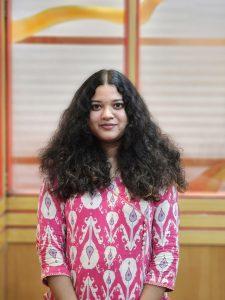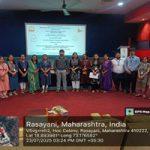India’s performing arts are among the world’s richest cultural riches. Spanning thousands of years, the history of performing arts in India is a remarkable tale of tradition, evolution, and innovation. From temple courtyard sanctums to massive international stages, Indian performing arts have evolved into a rich expression of the country’s identity.
Ancient roots
The history of Indian performing arts dates back to the Vedic age when music, dance, and drama formed a part of religious as well as social life. The Natya Shastra, a masterpiece of Bharata Muni, composed between 200 BCE and 200 CE, became the foundation of Indian theatre, dance, and classical music. It viewed performing arts not merely as entertainment but as a spiritual path which connects human beings with God.
Flourishing Classical Traditions
India evolved unique classical arts over centuries, which continue to be celebrated today. Classical dances such as Bharatanatyam, Kathak, Odissi, Kuchipudi, Manipuri, Kathakali, and Mohiniyattam sprouted from various parts of the country, each with its own techniques, costume traditions, and storytelling traditions . Along with this, Indian classical music diverged into Hindustani (North Indian) and Carnatic (South Indian) schools of music, which gave birth to great musicians and a rich musical heritage. These arts were nurtured by temples, palace courts, and dedicated practitioners and passed through generations.
Influence of the Colonial Era
During the time of British colonial rule, conventional performing arts suffered gravely because of cultural suppression and shifting social structures. But the colonial period also brought India into contact with Western style theatre, giving rise to new modern Indian theatre. Playwrights such as Rabindranath Tagore and Girish Karnad started fusing local narratives with new themes, setting the way for socially relevant plays.
Post-Independence Revival
After gaining independence in 1947, India witnessed a cultural renaissance. Institutional bodies such as Sangeet Natak Akademi and National School of Drama were set up to document and promote performing arts. National and regional festivals offered opportunities for artists, while educational institutions offered formal training in dance, music, and drama. It was a time of renewed interest in traditional arts as well as the development of experimental and modern forms.
The Modern Landscape
Performing arts have continued to flourish in contemporary India with an innovative synthesis of tradition and modernity. Classical music and dance find their place on international festivals, while theatre, television, Bollywood, and digital media have popularized performing arts among large sections of the population. Reality shows, cultural festivals, and web series have provided young talent with fresh avenues for exposure. Furthermore, cross-artist collaborations with international artists have opened up wider markets for Indian performing arts worldwide.
Conclusion:
The journey of performing arts in India is a testament to the resilience, creativity, and cultural depth of the nation. It beautifully reflects the ability of India to keep its traditions alive while accepting the influences of modern times. As the nation continues its growth, the performing arts continue to be a vibrant means of storytelling, cultural exchange, and artistic expression, inspiring generations to come.
Student name: Siddhi More
Batch: 2023-26
Course: TYBAMMC






